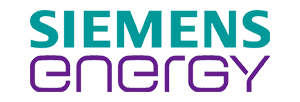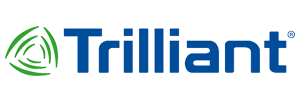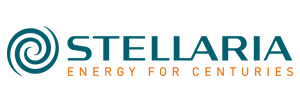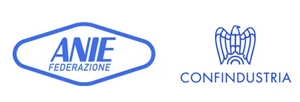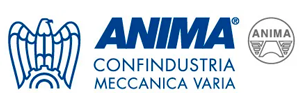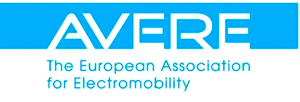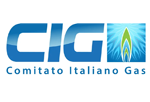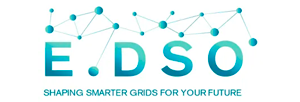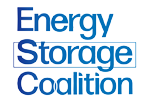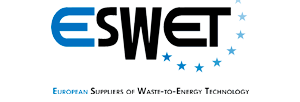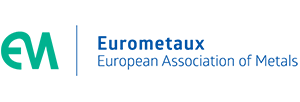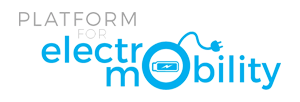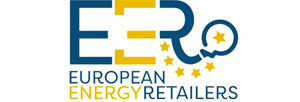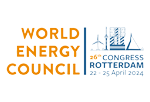OPENTUNITY Reaches Key Milestones: Advancing Smart Grid Innovation Across Europe
Over the past months, all OPENTUNITY pilot
sites have reached a crucial stage of technical and operational readiness.
Partners have finalized their Deployment Plans,
detailing completed and upcoming equipment installations, citizen engagement
campaigns, and data-sharing schedules.
To ensure replicability and consistency across
Europe, each pilot has defined tailored Test Cases, adapting the project’s use
cases to their specific local contexts, while Key Performance Indicators (KPIs)
and baseline datasets were established to monitor progress and impact.
The Demonstration Plans now set the timeline
for field validation, supported by comprehensive Pilot Site Characterization
Documents that describe each site’s scope, stakeholder roles, and feedback
mechanisms.
Technical Achievements: Turning Innovation Into
Real-World Solutions
OPENTUNITY’s technical work packages have
successfully transitioned from research and design to fully developed and
integrated technologies, now ready for deployment in the pilots.
WP3 – OPENDATA: Federated Data Exchange &
Plug & Play Integration
One of the most significant outcomes is the
creation of the Federated Data Exchange Infrastructure (FDEI), enabling secure,
transparent, and standardized data sharing between different stakeholders.
This includes a proof of concept for trust services, dataspace connectors, and onboarding environments, paving the way for interoperable smart grid data management across Europe.
Additionally, the consortium developed a Plug
& Play Asset Registration System, using QR code technology to onboard smart
devices seamlessly into Home and Building Energy Management Systems
(HEMS/BEMS). This system supports the integration of flexibility data while
aligning with emerging European ESPR/DPP requirements.
WP4 – OPENFLEX: Managing Flexibility with
Intelligence
In the area of flexibility, OPENTUNITY achieved
major progress with the creation of the Building Flexibility Management System
(BFMS), designed to interact with HEMS/BEMS to forecast consumption, submit
Demand Response (DR) bids, and dispatch flexibility automatically.
A standout innovation is the new Non-Intrusive
Load Monitoring (NILM) module, which disaggregates household energy consumption
into appliance-level insights, empowering users to understand and optimize
their energy use.
Other developments include forecasting models
for EV fleets and smart home devices, and algorithms for optimal market-based
flexibility selection—laying the foundation for the project’s local flexibility
market demonstrations.
WP5 – OPENGRID: Intelligent Network Operation
and Planning
Within this WP led by ETRA, OPENTUNITY has also
delivered a set of advanced tools for DSOs and TSOs within an Advanced
Distribution Management System (ADMS) framework.
Developments include:
- Topology Converter (open-source) and Topology Identification & State Estimation modules for real-time grid visibility.
- The
Real-Time Thermal Rating (RTTR) module for dynamic line capacity management.
- Advanced Asset Management and Network Planning Tools to optimize maintenance and future grid investments.
Together, these tools enable operators to
predict, plan, and prevent, ensuring more resilient and adaptive energy
networks.
Next Steps: From Lab to Field
With the core technologies finalized, the focus
now shifts to pilot site integration and large-scale demonstrations.
Each pilot, from Slovenia to Spain, Greece,
Switzerland and beyond, will test OPENTUNITY solutions under real conditions,
demonstrating interoperability, user engagement, and market readiness.
Further
information:
Álvaro Nofuentes (Project coordinator) - anofuentes.etraid@grupoetra.com
Twitter: https://twitter.com/OpentunityEU
LinkedIn: https://www.linkedin.com/company/opentunityeu
Website: https://opentunityproject.eu/












